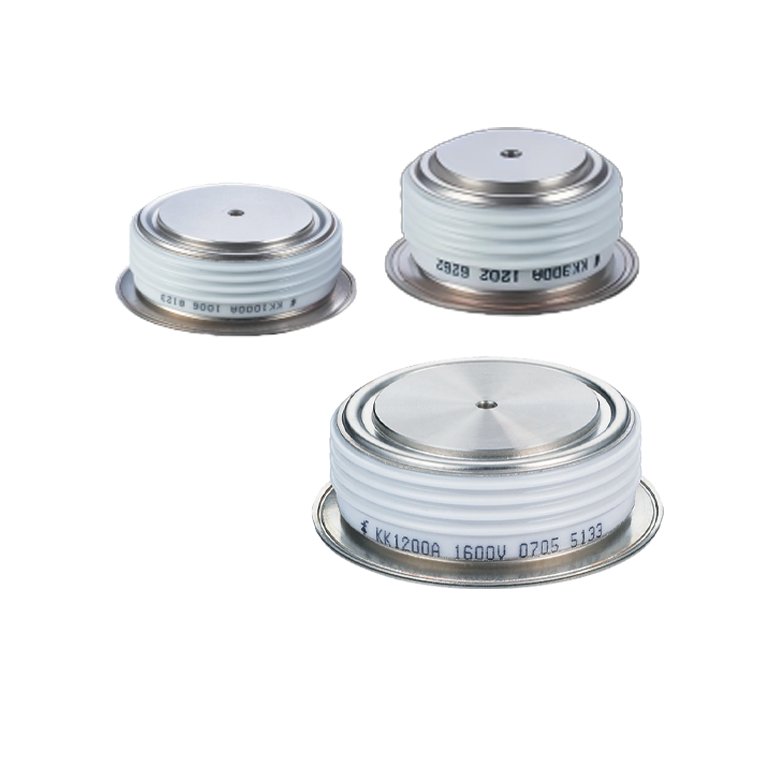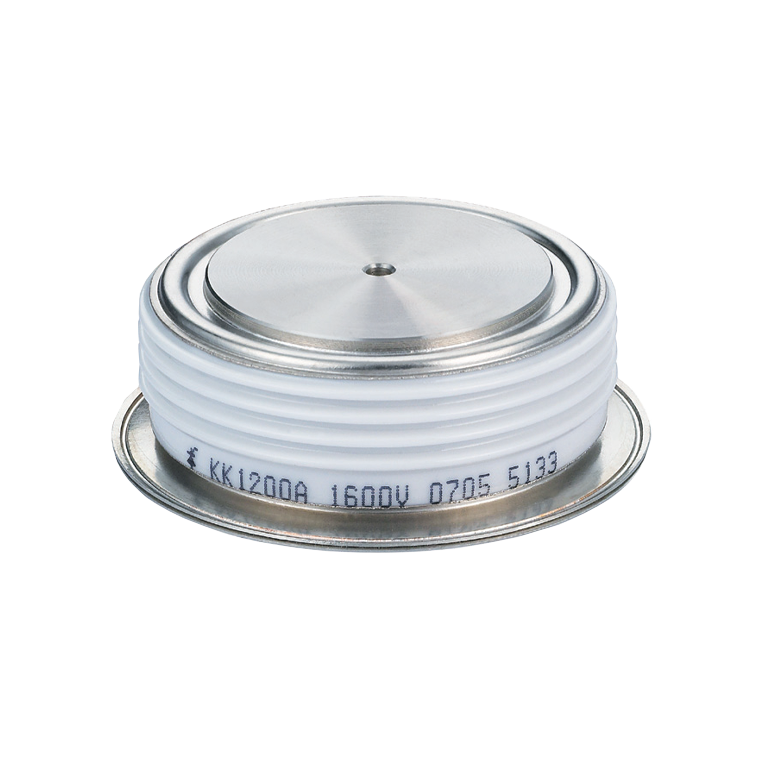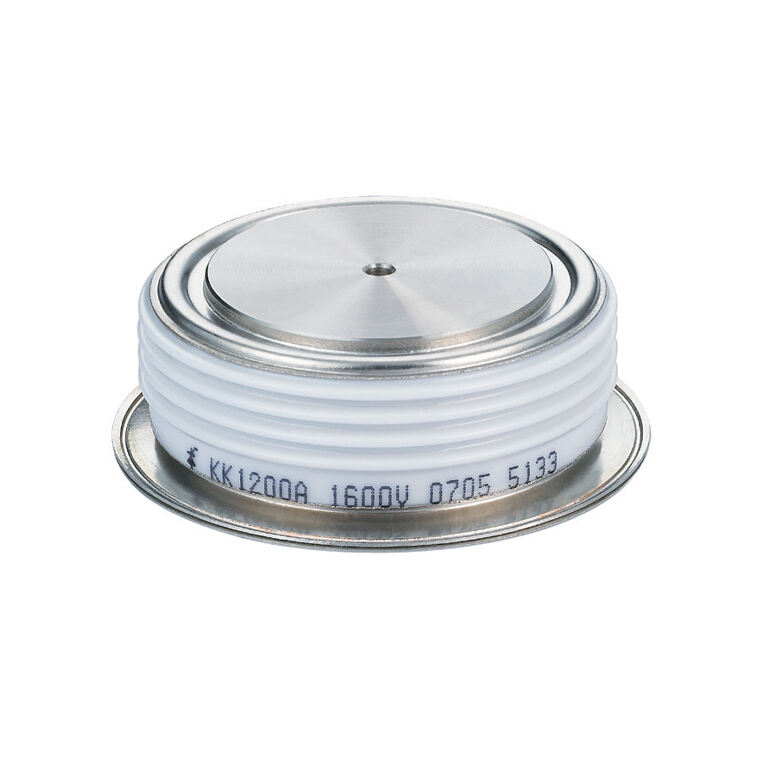ენერგიის გამყოფები და მიმართულებითი კუპლერები
Ენერგიის გამყოფები და მიმართულების კუპლერები აუცილებელი კომპონენტებია მიკროტალღური და RF ინჟინერიის სფეროში, რომლებიც კრიტიკულ ფუნქციებს ასრულებენ სიგნალის გადაცემისა და მონიტორინგის პროცესში. ეს მოწყობილობები მიკროტალღური სიგნალების გაყოფას ან გაწვდას ახდენენ მინიმალური დანაკარგით და ხასიათდება მათი ზუსტი დიზაინით და კომპაქტური ზომით. ენერგიის გამყოფების მთავარი ფუნქციაა შესავალი სიგნალის გადანაწილება ორ ან მეტ გამოსავალ სიგნალად, რომლებიც თანაბარი ან განსაზღვრული ენერგიის დონეზეა. მიმართულების კუპლერები, თავის მხრივ, გამოიყენება სიგნალის ნაწილის ნიმუშის აღებისათვის, რომელიც გადაცემის ხაზში მიედინება, რაც საშუალებას იძლევა წინასწარი და გაწვდილი ენერგიის გაზომვა. ტექნოლოგიური მახასიათებლები მოიცავს მაღალ მიმართულებას, დაბალ ჩასმის დანაკარგს და შესანიშნავ იმპედანსის შესაბამისობას, რაც უზრუნველყოფს საიმედო მუშაობას ფართო სიხშირის დიაპაზონში. მათი გამოყენება მოიცავს ტელეკომუნიკაციებს, რადარ სისტემებს და მიკროტალღურ გაზომვებს, სადაც ისინი მნიშვნელოვნად უწყობენ ხელს სიგნალის გადაცემის ოპტიმიზაციას და ეფექტურობას.


